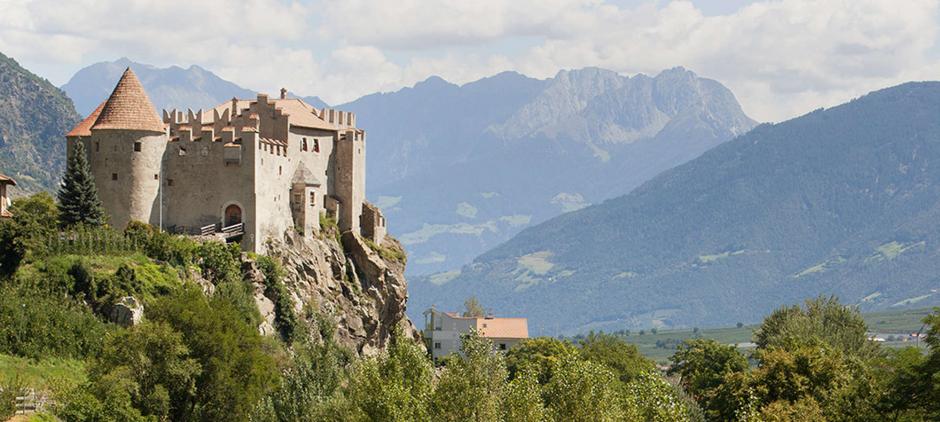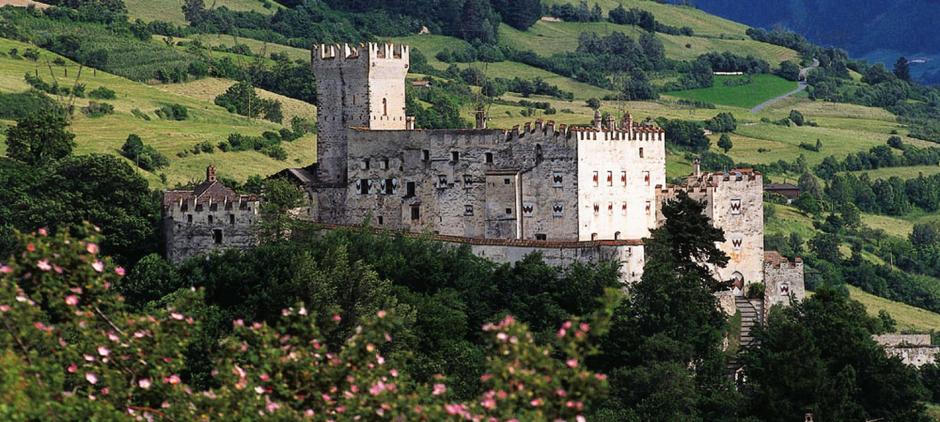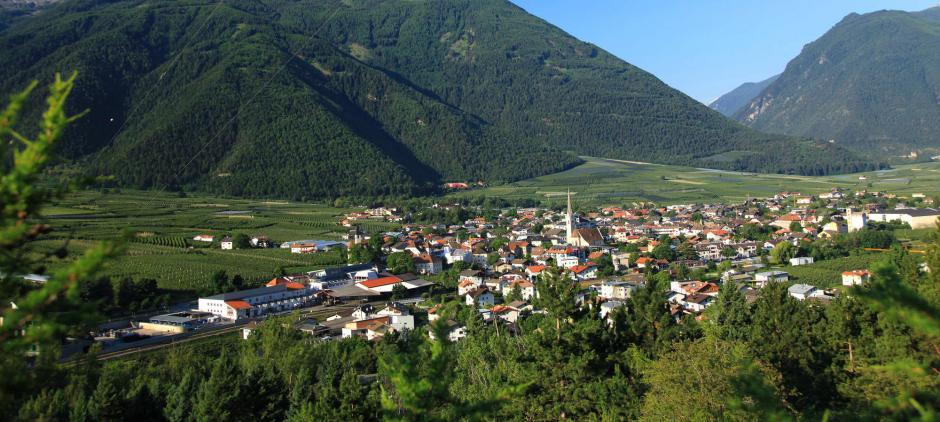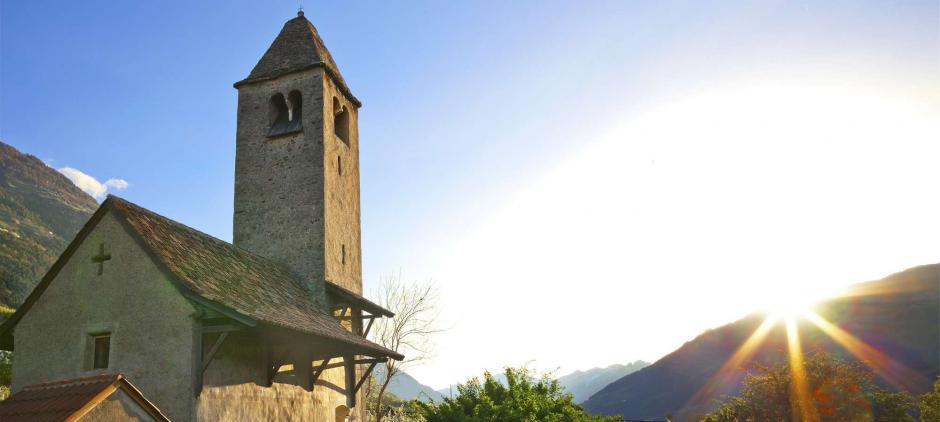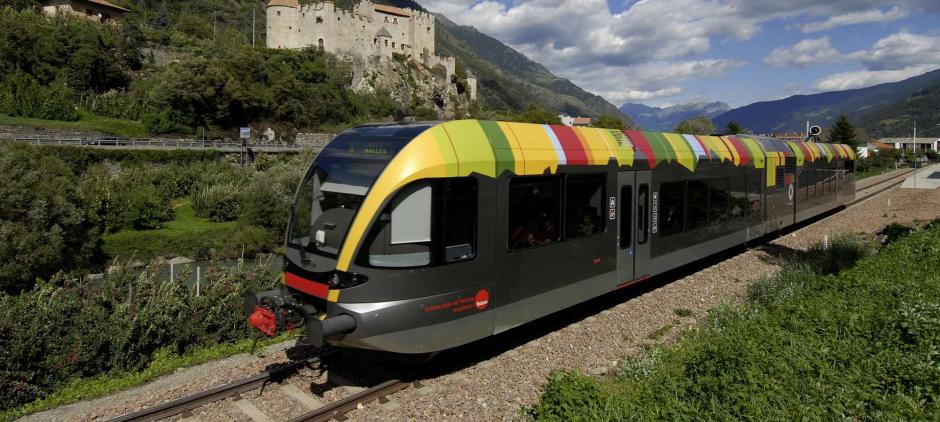Surroundings
Monte Sole in Val Venosta is an ancient settlement, where numerous findings of early history have been made already, and more are expected. Findings from the late Stone Age and Bronze Age confirm the old age of the settlement of at least 4000 years. The numerous bowl stones dating from megalithic culture provide impressive references of the past. These are rocks with artificial furrows of different shapes, which are of cultic origin.
Directly above the main road of Castelbello you can admire the Castelbello Castle. The chapel is still in the possession of the state, and is currently managed by the Board of Trustees "Schloß Kastelbell Gen.m.b.H."
The oldest frescos in the German-speaking area from pre-Carolingian times date back to 770, and were discovered in the inconspicuous St. Procolo Chapel near Naturno. The late Gothic winged altar from Jörg Lederer in the Hospital Church in Laces is truly impressive. The recently discovered menhir dating back to the third millennium BC can be admired in the adjacent "Bichl" Church. The St. Stephens Chapel located on the castle hill of Montani Castle, hosts frescos from the Lombard and Swabia regions.
The Benedictine Abbey Marienberg above Burgusio in the upper Val Venosta region hosts a unique monument of Roman art. The frescos in the crypt dating back to between 1175 and 1180, were fully unveiled only in 1980.
Unique are also the Roman frescos with a strong Byzantine character in the S. Giacomo Church in Söles between Glorenza and Montechiaro. This is the oldest S. Jacob Church between North and South Tyrol. The church is in the possession of the Rizzi family, which has restored it in an exemplary way. The church was consecrated and inaugurated in 1996.
Another jewel in the upper Val Venosta is Castel Coira dating from the 13th century. Today, it is one of the best-preserved castles in South Tyrol with a world-famous armoury collection.

